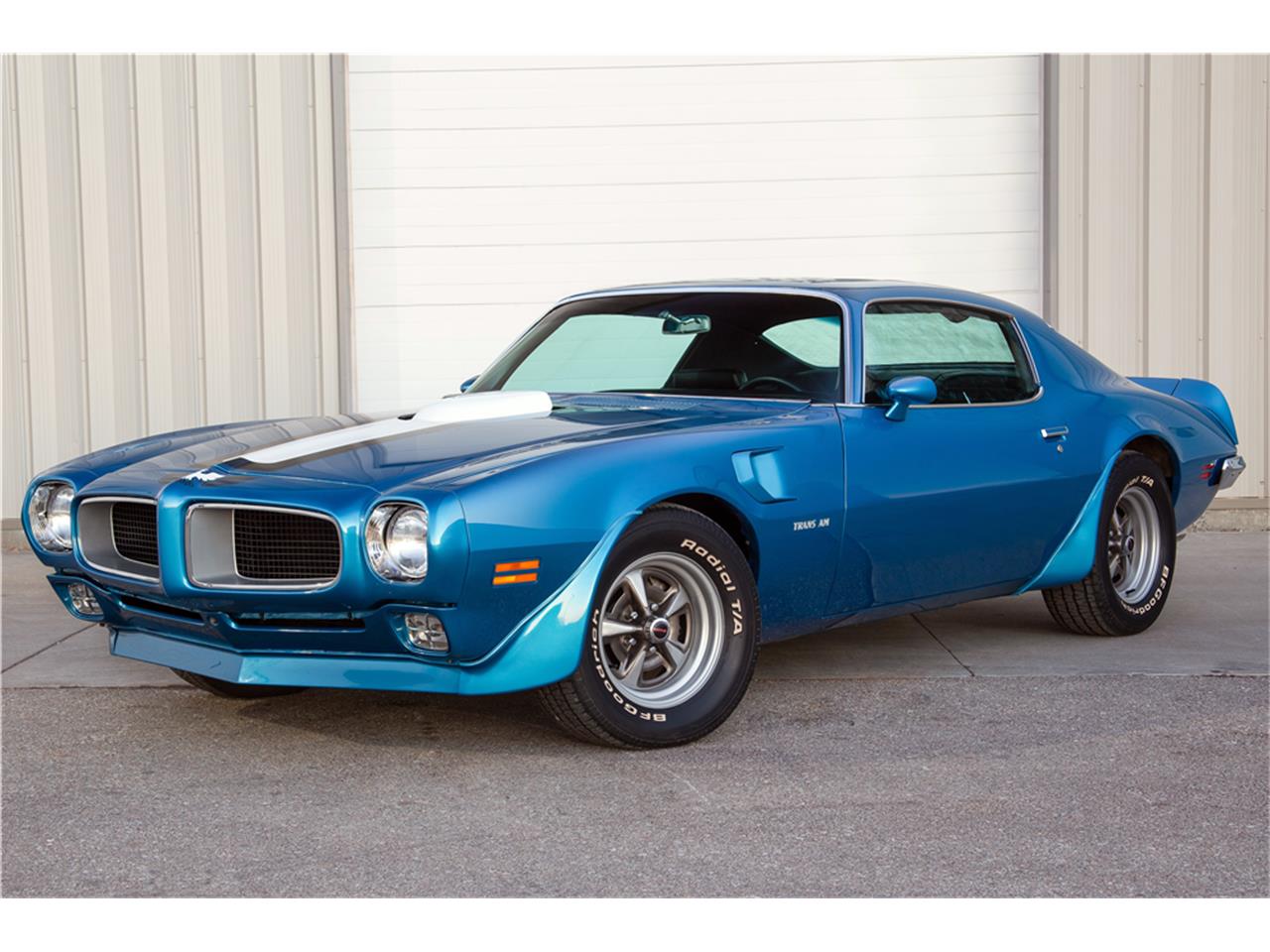

Custom leather bucket seats were fitted, resembling those found in similar Italian cars of the time.

There are Ferrari-spec Veglia Borletti gauges, a new wood-trimmed center console, and even a Ferrari shifter. Inside, little of the original Firebird trim was kept. The air cleaner was mounted to the hood, which guaranteed nothing would block the view of the engine while the hood was open. Under the forward-hinged hood lay the red-headed four-cam engine. To make room for the engine, the firewall was moved back nine inches and left no room for the air conditioning system. Four-piston Corvette rear brakes were added and many other modifications were carried throughout the vehicle. Further development was handled by the Pontiac studio.Ī GM Turbo-Hydramatic three-speed was mated to the Ferrari V-12, but it was later replaced with a Ferrari five-speed. The design was courtesy of stylist Jerry Palmer, who created the initial sketches in the early 1970s. The candy-apple red Pegasus Concept has gold-tone pinstriping and chrome, Randy Wittine-designed pinstriping, a Ferrari V-12 drivetrain, and many modified styling elements. Part of the arrangement stated that the car would be willed back to the company upon his demise. Upon his retirement from the position, he struck a deal with General Motors to take this car with him. During his career, Mitchell was responsible for the creation of many important and influential vehicles. They explore creative ways of making the 'point-A' to 'point-B' experience much more enjoyable.īill Mitchell was the head of General Motors Design after Harley Early retired.
#Pontiac firebird 1970 driver
Even with 57 percent of the weight on the front wheels, Sport Car Graphic said, "Overall handling feel - for a production car - was as near to a front engine race car as we have ever driven." And Car and Driver called the 1970 Pontiac Trans Am "a hard muscled, lightning-flexed commando of a car, the likes of which doesn't exist anywhere in the world, even for twice the price.Concepts have many purposes they test design ideas, feasibility, and practicality. Inside, complete instrumentation was standard and included a tachometer turned on its side to redline at 12 o'clock, just like in a real race car.Ĭritics were impressed.

It claimed equal downforce to the tail from a big decklid lip and small spoilers in front of the rear wheels. The 1970 Pontiac Trans Am wore the same impact-absorbing snout as other Firebirds, but Pontiac said its unique front air dam and fender air extractors created 50 pounds of downforce on the nose at expressway speeds. The interior had a seriously sporty ambience. The Pontiac Trans Am's padded Formula steering wheel directed quick 12.1:1 variable-ratio power steering. Standard 10.9-inch power front disc brakes and 9.5-inch rear drums did the stopping. Stiffer springs and heavy-duty front and rear sway bars teamed with Polyglas F60X15 tires on Kelsey Hayes Rally II wheels. The padded Formula steering wheel directed quick 12.1:1 variable-ratio power steering. The 1970 Pontiac Trans Am's road manners received much attention. Both came with 3.55:1 gears, and a 3.73:1 was available with the four-speed. A four-speed transmission with Hurst shifter was standard the Turbo Hydra-matic automatic was optional. Rarer still was the Ram Air V, an over-the-counter, special-order piece that counted among its tricks solid lifters and tunnel-port heads for as much as 500 horsepower.Īll these engines breathed through a new rear-facing shaker scoop designed to capture cool ambient air flowing over the hood. That one added bigger ports, better heads, swirl-polished valves, and an aluminum intake manifold for 370 horsepower, 25 more than in '69.

That apparently satisfied most buyers, because just 88 of the 3,196 Pontiac Trans Ams built that year got the optional Ram Air IV. The 1970 Pontiac Trans Am's standard engine, the 345-horsepower Ram Air 400-cid V-8, furnished low-14-second elapsed times at the dragstrip.


 0 kommentar(er)
0 kommentar(er)
